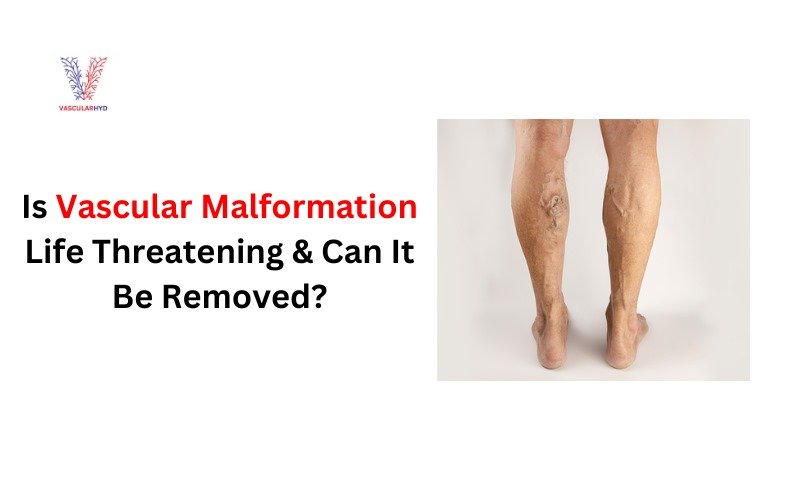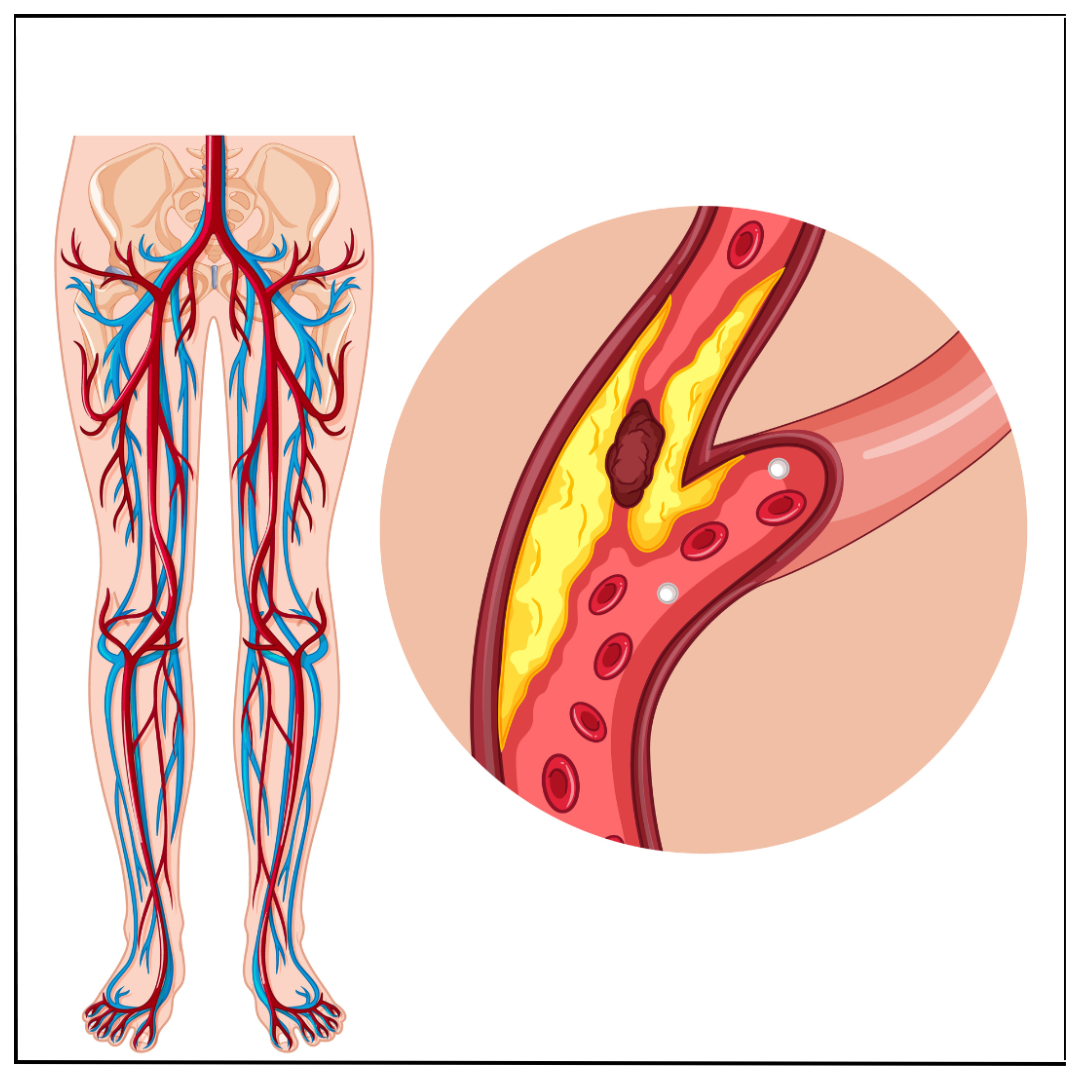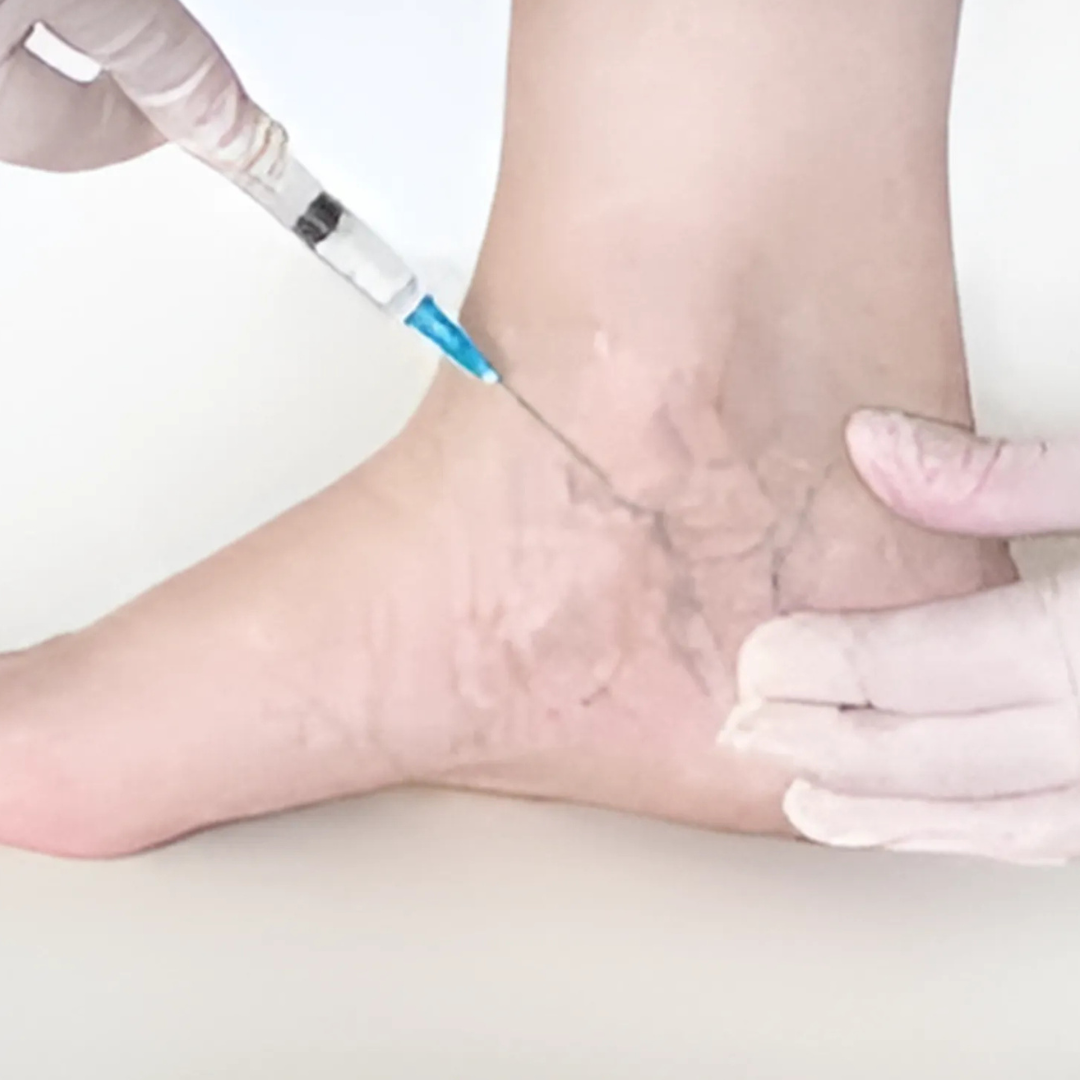Vascular malformations are congenital anomalies in the vascular system that can lead to significant health issues if not managed properly. These malformations include arteriovenous malformations, capillary malformations, venous malformations, and lymphatic malformations. In this comprehensive guide, we delve into the various aspects of vascular malformation treatment, leveraging the expertise of Dr. Rahul Agarwal, a leading specialist in the field.
Understanding Vascular Malformations
Vascular malformations are abnormalities in the blood vessels that develop during embryonic or fetal growth. They can affect arteries, veins, capillaries, and lymphatic vessels. These malformations are typically present at birth but might not become apparent until later in life. The severity and symptoms depend on the type and location of the malformation.
Types of Vascular Malformations
- Arteriovenous Malformations (AVMs): Abnormal connections between arteries and veins, bypassing the capillary system.
- Capillary Malformations: Abnormalities in the capillaries, often appearing as port-wine stains on the skin.
- Venous Malformations: Abnormally formed veins that can cause pain and swelling.
- Lymphatic Malformations: Abnormalities in the lymphatic system, leading to fluid-filled cysts.
Symptoms of vascular malformations vary widely based on their type and location. Common symptoms include pain, swelling, bleeding, and in severe cases, neurological deficits if the malformation is in the brain. Diagnosis typically involves imaging studies such as ultrasound, MRI, or CT scans, along with angiography to map the blood flow in the affected area.
Is Vascular Malformation Life Threatening?
Whether a vascular malformation is life-threatening depends on its type, size, and location. Many vascular malformations are not life-threatening and may only require monitoring and symptom management. However, some can pose serious health risks. For example:
- Arteriovenous Malformations (AVMs) in the brain can lead to life-threatening complications such as hemorrhagic stroke if they rupture.
- Large Venous Malformations can cause significant pain and swelling, potentially leading to blood clots and other complications.
- Lymphatic Malformations can obstruct airways or vital organs if they become large enough, posing serious health risks.
Prompt diagnosis and appropriate treatment are crucial in managing these risks and preventing potentially life-threatening complications.
Is Vascular Malformation Genetic?
The question of whether vascular malformations are genetic is complex. While the majority of vascular malformations are congenital, meaning they are present at birth, the exact cause is often unknown. However, research indicates that genetic factors can play a significant role in the development of these anomalies. Certain types of vascular malformations have been linked to genetic mutations and hereditary syndromes. For instance, mutations in the RASA1 gene have been associated with capillary malformation-arteriovenous malformation syndrome (CM-AVM). Additionally, familial cases of vascular malformations suggest a genetic predisposition.
Further genetic research is crucial for understanding the hereditary patterns and potential genetic markers associated with vascular malformations. This knowledge can lead to improved diagnosis, targeted therapies, and personalized treatment plans.
Treatment for vascular malformations is tailored to the type, size, and location of the malformation, as well as the symptoms presented. Dr. Rahul Agarwal emphasizes a multidisciplinary approach to ensure the best outcomes. Here are the main treatment modalities:
- Observation: In cases where the malformation is asymptomatic and not causing significant issues, regular monitoring may be the best course of action.
- Medication: Medications can help manage symptoms such as pain and swelling. Anti-inflammatory drugs and blood thinners are commonly used.
- Sclerotherapy: This minimally invasive procedure involves injecting a sclerosing agent into the malformation to shrink it. It is often used for venous and lymphatic malformations.
- Laser Therapy: Laser treatment can be effective for capillary malformations, particularly those close to the skin surface.
- Embolization: This procedure involves injecting materials to block the abnormal blood vessels, reducing blood flow to the malformation. It is often used for AVMs.
- Surgery: In some cases, surgical removal of the malformation is necessary, especially if it causes significant symptoms or poses a risk of complications.
Recent advancements in medical technology have improved the management of vascular malformations. Dr. Rahul Agarwal highlights the following innovative approaches:
- Endovascular Techniques: Minimally invasive procedures that access the malformation through blood vessels, reducing recovery time and complications.
- Image-Guided Therapy: Enhanced imaging techniques allow for precise targeting of the malformation during treatment.
- Genetic Research: Understanding the genetic basis of vascular malformations can lead to targeted therapies and personalized treatment plans.
Vascular malformations require careful management and a personalized treatment plan. With advancements in medical technology and a multidisciplinary approach, patients can achieve significant improvements in their quality of life. Dr. Rahul Agarwal and his team are dedicated to providing expert care and support to patients with vascular malformations, ensuring the best possible outcomes.






.png)

 (1).png)
